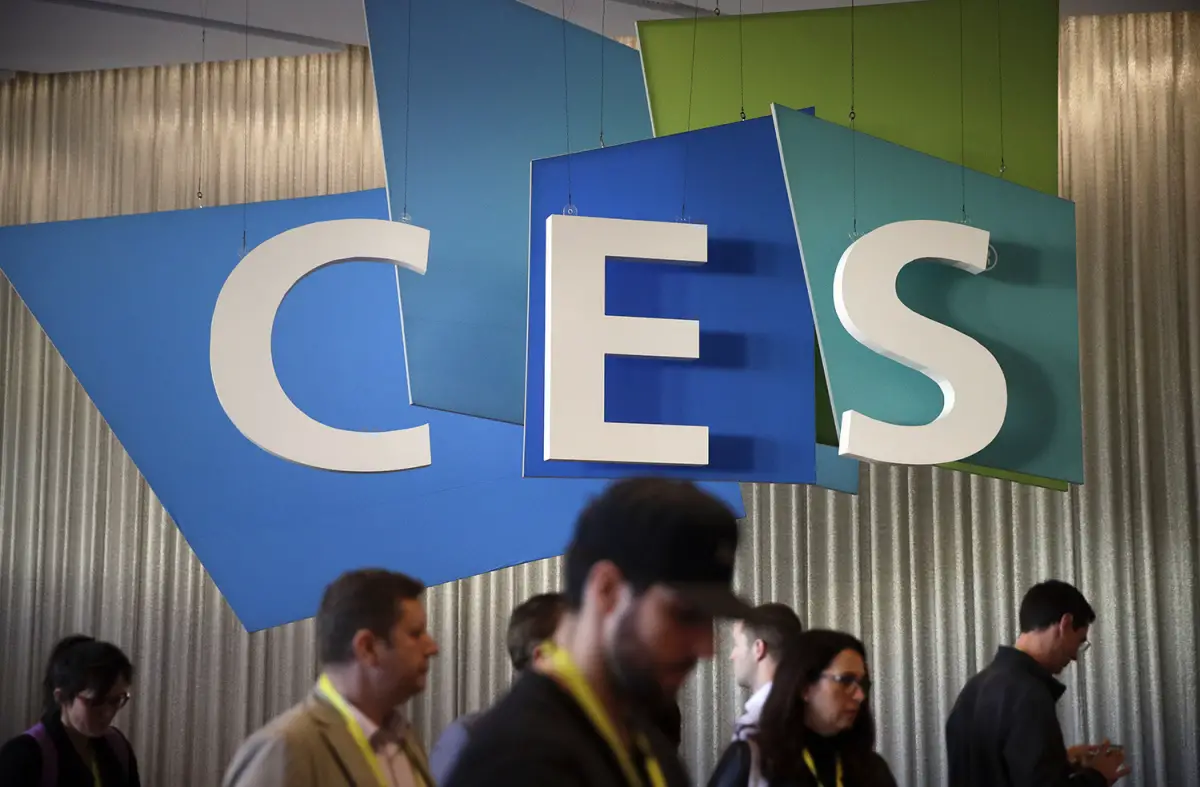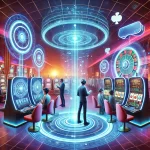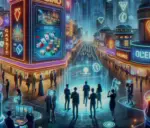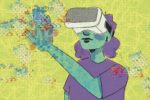From Jan. 9-12, Las Vegas was buzzing with global tech trotters as Sin City became transformed into Tech East, Tech West and Tech South to showcase the latest and greatest of CES 2018 tech. Held in Las Vegas, Nevada, the Consumer Electronics Show (CES) 2018 showcased more than 3,900 exhibiting companies and welcomed over 170,000 attendees from not only across America, but worldwide.
The event showcased projections for new products and technologies in the consumer electronics industry. Though just projections, some of these new technologies could replace many human resources in the future, such as taxi drivers and Lyft and Uber drivers being ousted by the advent of self-driving cars. While thankfully America is not projected to become the next “Brave New World” this year, there are some products and services from CES 2018 Americans should be on the lookout for. Here are the six most exciting gadgets and ideas to come out of CES 2018.
1. Self-Driving Cars
As a result of a partnership between Lyft and Aptiv, the automotive-technology company, attendees at CES 2018 could sit behind the wheel hands-free as the car drove down the Las Vegas strip. The demo car had a dashboard display showing a visualization of what the car’s sensors viewed while navigating around Vegas.
The dashboard display depicts three different scenes: a car representing the driver’s vehicle, grey cars to the left depicting traffic and an array of pulsating blue dots on the right representing objects located near the sidewalk. The visualization only shows a simplified version of what the car actually processes, which is exact distances and numbers. While only a demo version, getting picked up by a self-driving Lyft car may be your new form of transportation.
2. Electric Cars
Self-driving cars are not the only type Americans will see in the near future; innovative electric cars are emerging internationally — even giving Tesla’s Model 3 a run for its money. Enter Byton. A Chinese automobile company established in 2016, Future Mobility Corporation, proposed a demo version of its first car, under the marque Byton, at CES 2018. Currently without a model name, the final version will be coming out in 2019.
Byton will offer two battery sizes for the future car: 71 kilowatt-hours, going for 250 miles of range; and 95 kilowatt-hours, capable of covering 325 miles. In addition, though they are currently built to accommodate 4G cellular-network technology, the cars are primed to update to 5G when the technology rolls out.
The cabin technology, too, goes beyond the touchscreen displays that are currently out on the market. Instead, the engineering team has devised a gesture control system — placing the touchscreen display far enough forward as to be unreachable. Camera lenses on the dashboard then observe the space between the driver and passenger, registering hand motions and using them to control the screen.
And of course, the Byton engineering team explained the car’s self-driving capabilities. The demo version of the car currently has a Level 3 self-driving capability, which allows the car to drive itself in most situations though will require human intervention for some of the more complex ones. In its final stage, the car will have a Level 4 self-driving capacity, which means it can take on all driving situations, even the more complicated ones.
Another electric car to keep an eye out for is the Fisker EMotion, coming out in 2019, which is said to compete directly with the Tesla Model X sedan. Henrik Fisker, founder of Fisker, is known for designing the Aston Martin DB9 and BMW Z8.
3. 3E-A18 Honda Robot
If this isn’t the lovable R2D2 in synthetic flesh out of the “Star Wars” franchise, I don’t know what is. Celebrated for representing “Empathy,” the Honda Robot 3E-A18 can understand and respond to human emotions. 3E-A18 is an artificial intelligent agent, which allows it to communicate and cooperate with people using a range of easily distinguishable facial expressions.
The engineering team at Honda designed 3E-A18’s outer shell to be softer so that users can give the robot a hug in anxiety-inducing situations. Think of the 3E-A18 robot as human’s next best friend (after dogs, of course).
4. Esports and Virtual Reality (VR)
For all the hard-core gamers out there, you may have a chance to make it into the Olympics after all — seriously though. Through Intel’s partnership with the Winter Olympics organizers this year, the partners melded virtual-reality tech with esports and the Olympics to create an engaging demo at CES 2018 that made players feel like Olympic athletes themselves. The game, demoed by Intel and titled “Steep Road to the Olympics: Winter Olympics 2018,” allowed players, through virtual reality tech, to “step into the shoes of athletes and snowboard and ski the actual courses the [athletes] will be challenged by in South Korea this year.”
For the first time in history and after so much positive feedback from fans, there will be an esports competition at the Olympic level. Not only is CES 2018 tech changing the world of esports through virtual reality, but on a global level, it’s changing the way people view the sportsmanship of the Olympics, athletes and athleticism as a whole.
5. Toyota’s e-Palette
Toyota’s e-Palette is perhaps the wildcard of CES 2018 tech: this thing can be anything you want it to be. Describing Toyota’s e-Palette, Toyota Product Specialist Sherhara said, “No longer do you have to go to the store, but the store comes to you.”
The e-Palette is fully autonomous, using Toyota’s chauffeur technology. The engineering team at Toyota envisions it as serving a range of mobility-as-a-service businesses, such as mobile office and retail space, hotel rooms and even medical clinics. Imagine that: now you can upgrade from sleeping in your car to sleeping in the e-Palette.
It can also be used to deliver people, packages and take-out food such as pizza. Americans could see the e-Palette as the new food truck, as a bus — you name it and it transforms into that thing. With its outlandish appearance and tinted windows, the e-Palette would fit right in with the otherworldly strangeness of Burning Man 2018.
6. Smart Cities
Smart cities are emerging slowly across America in cities such as Miami, Las Vegas and Kansas City. But what does it actually mean to be a “smart” city?
While the ethical issue of privacy always looms over discussions of data collection, making a city “smarter” boils down to collecting more information about a given city and its people. Harvard University professor Dr. David Ricketts has an interesting notion about smart cities: “When I think of smart cities, I think of what a city will look like in 20 years. What are we going to be doing and how are we going to be doing it differently? And what role does technology have for that?”
He says, “The smartness I think comes from how can we be smart about enhancing the experience and lives of the citizens in a city.” While all these projections from CES 2018 tech give people new toys to play with, technology should ultimately improve the lives of citizens and solve current pain points to make the average American’s life easier.
It’s also important to keep in mind that some of these innovations, such as the self-driving car and robots, will replace human resources — namely those in unskilled and semi-skilled work. Moving forward into 2018, Americans should, using Ricketts’ words, consider CES 2018 tech as a way to improve and continue building on the strong foundations already existent in current American cities.

















